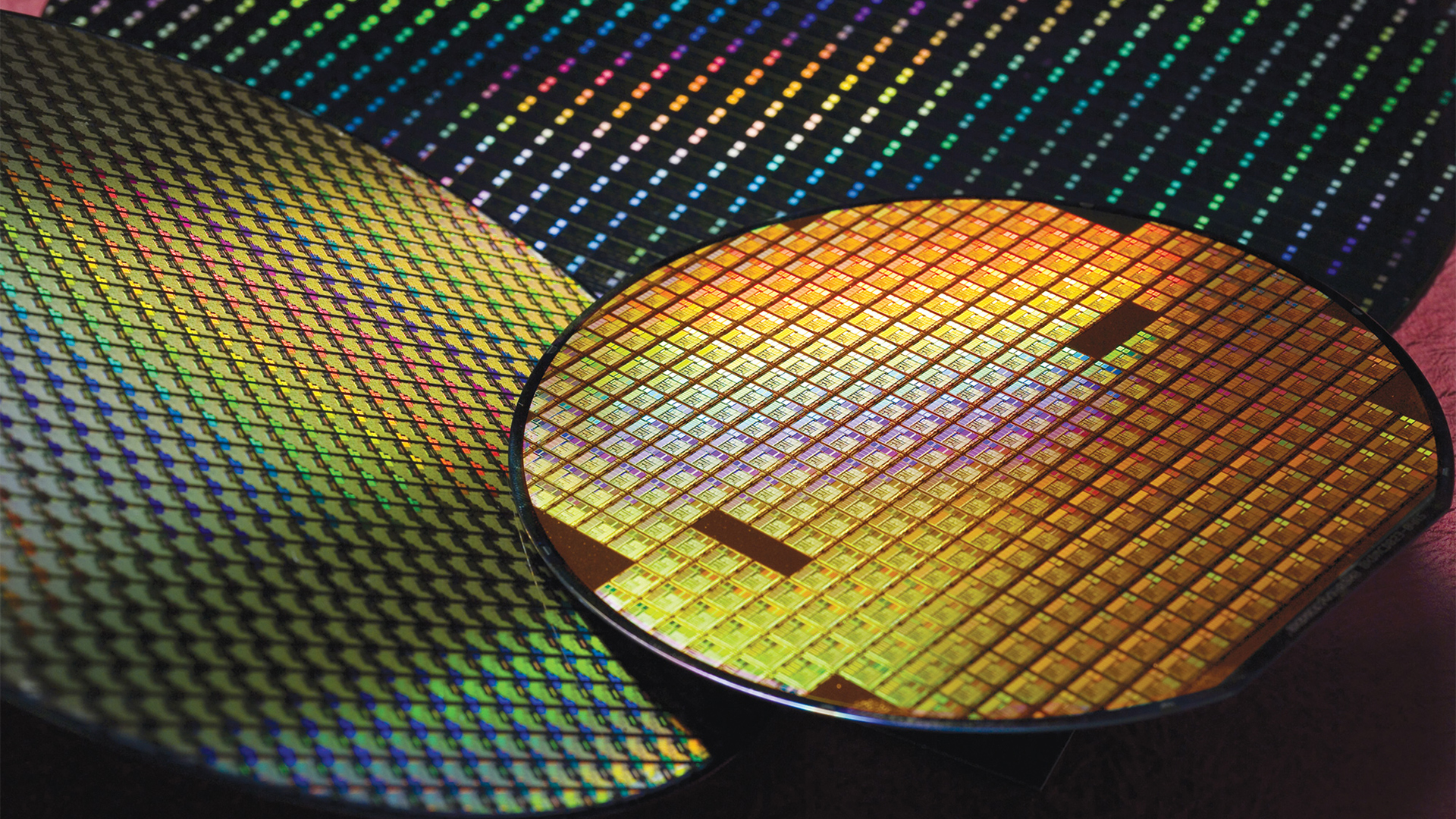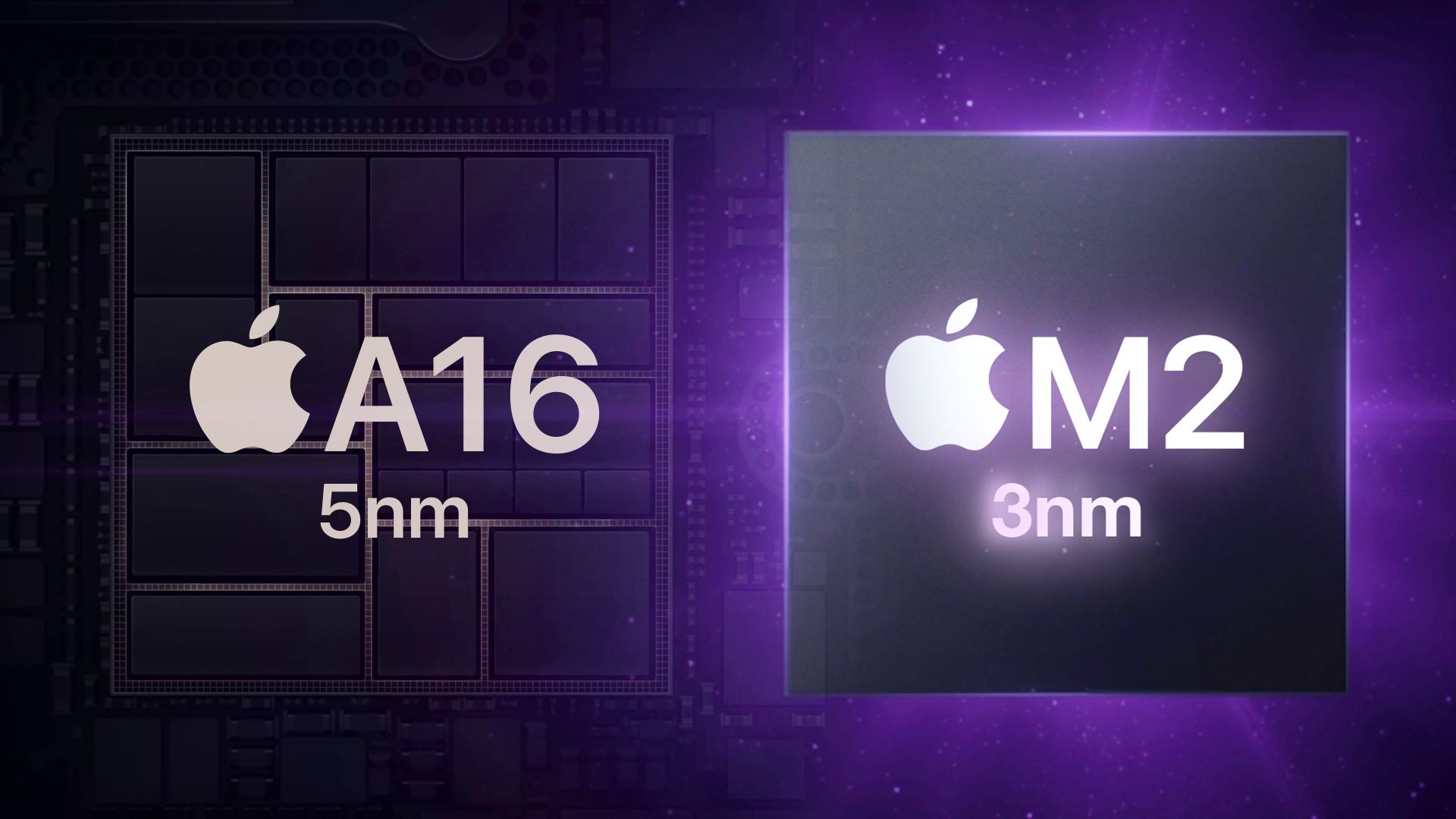TSMC’s 3nm Nodes Will Be Costly, Forcing Partners to Increase Product Prices

According to a report by DigiTimes, it seems as if TSMC’s 3nm wafers are going to be very pricey, which will affect the costs of next-generation CPUs and GPUs.
The report claims that TSMC will significantly raise the price of its 3nm wafers due to its dominance in the chip manufacturing industry and the lack of current competition in the 3nm process market. A graphic showing TSMC wafer price indicates a 60% increase from 7nm to 5nm wafers. Now that TSMC is using 3nm, wafer prices are predicted to exceed $20,000 US, which means that the next generation of CPUs and GPUs will undoubtedly cost more.

According to reports, Apple’s A17 Bionic will be mass-built using TSMC’s N3E process, an upgrade over the N3 design that will lead to higher performance and more power efficiency. The SoC that may power the iPhone 15 Pro and iPhone 15 Ultra may unfortunately cost more to produce than the A16 Bionic. You may be able to estimate the price of the new chipset using the fact that Apple spent twice as much for the A16 Bionic as the A15 Bionic, most likely because of the switch from 5nm to 4nm.

TSMC now counts AMD and NVIDIA among its top clients, along with Apple and others. The cost of each part of NVIDIA’s GPUs has unquestionably increased. Cost-wise, the RTX 4090 is 10-15% more expensive than the RTX 3090, while the RTX 4080 is approximately 50% more expensive. It was also stated that the CEO of NVIDIA went to Taiwan to meet with officials from TSMC to discuss procuring 3nm wafers in advance for their next GPU portfolio.
AMD has been able to balance the cost by combining several nodes on its devices. The Ryzen, Radeon, and EPYC product lines use chiplets and both 5nm and 6nm technology to reduce total costs related to monolithic dies. For its future Meteor Lake and Arrow Lake tGPU IPs, Intel will also make use of TSMC’s N5 and N3 manufacturing nodes.

However, this dependence on TSMC ensures that the semiconductor manufacturer will continue to have a strong position and be able to charge more due to its technical advantage over rivals. Rival Samsung also announced that it will start mass producing its own 3nm (GAP) node by 2024, however things don’t seem promising at present since the yields are less than 20% and there are other problems with Samsung’s next-generation node.
This indicates that chip prices are likely to continue to move up in terms of expenses, and we shouldn’t anticipate this trend to reverse itself until another rival emerges on the same level as TSMC.





